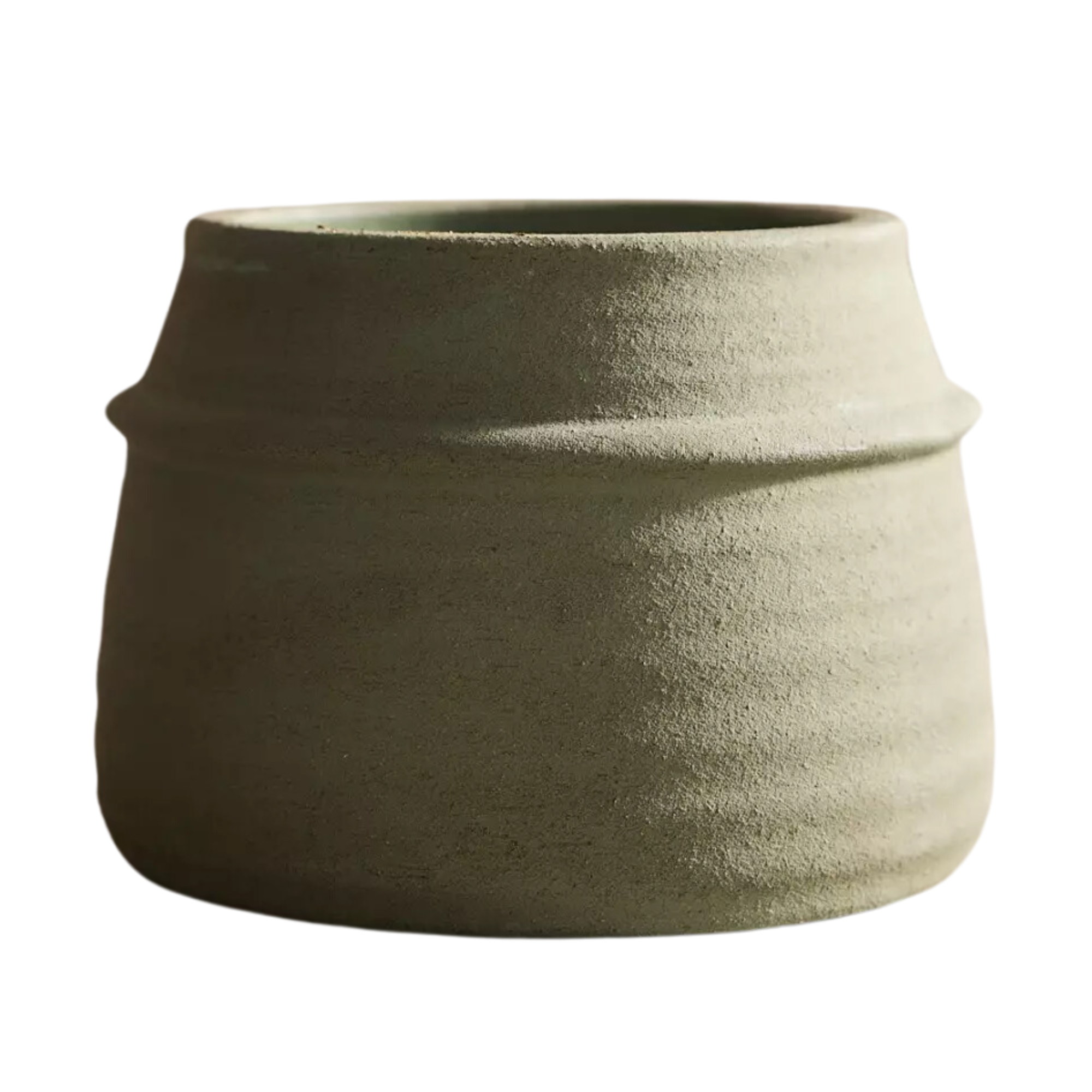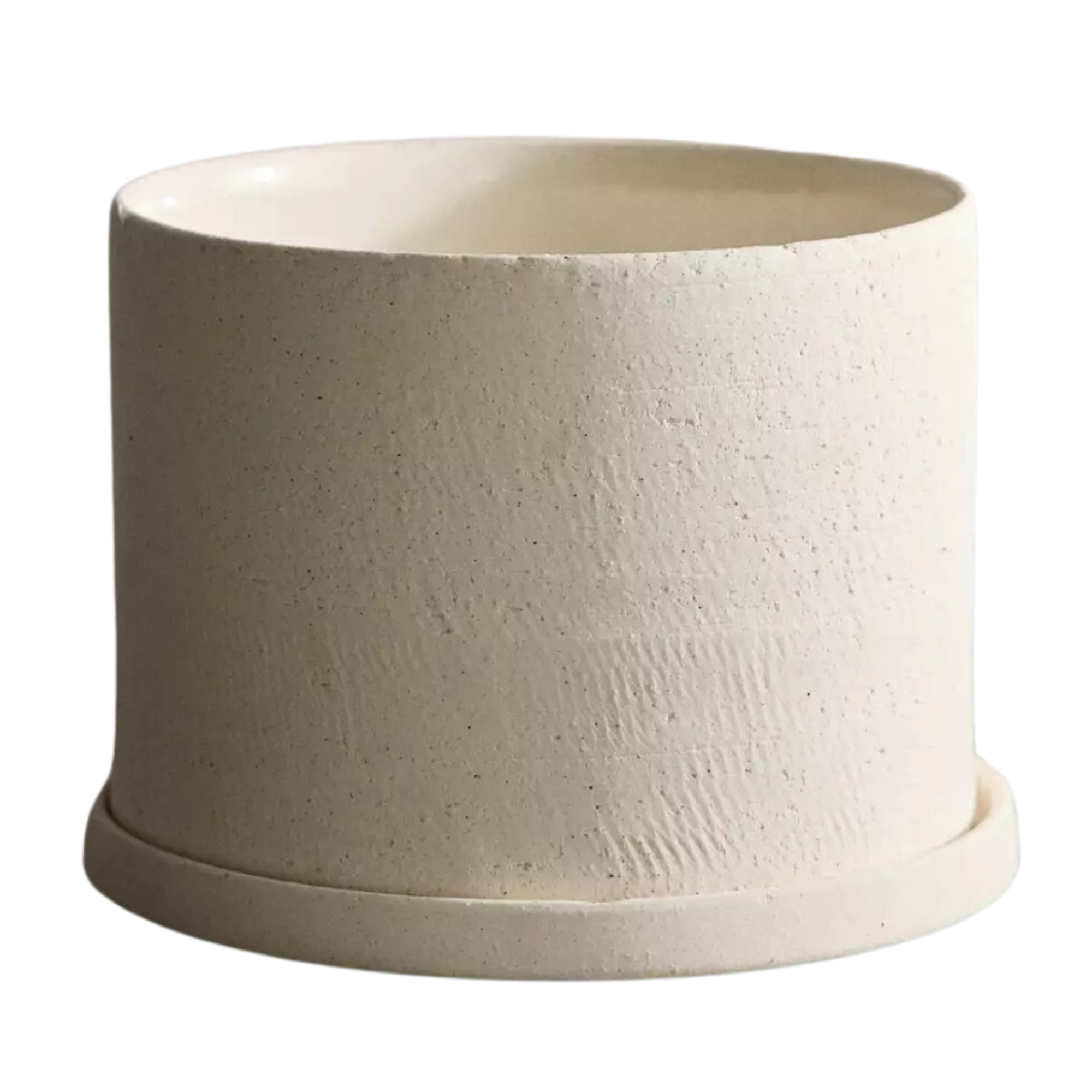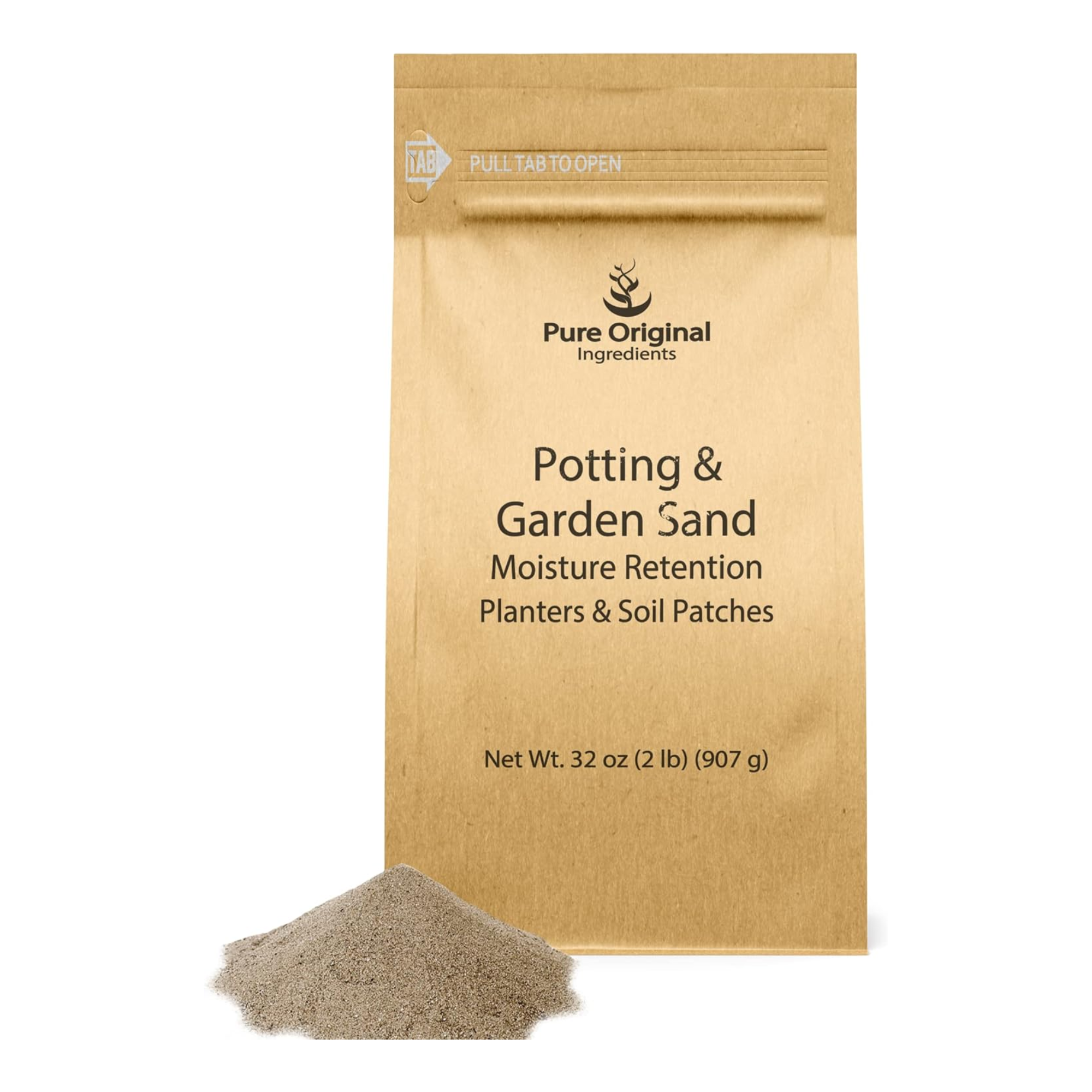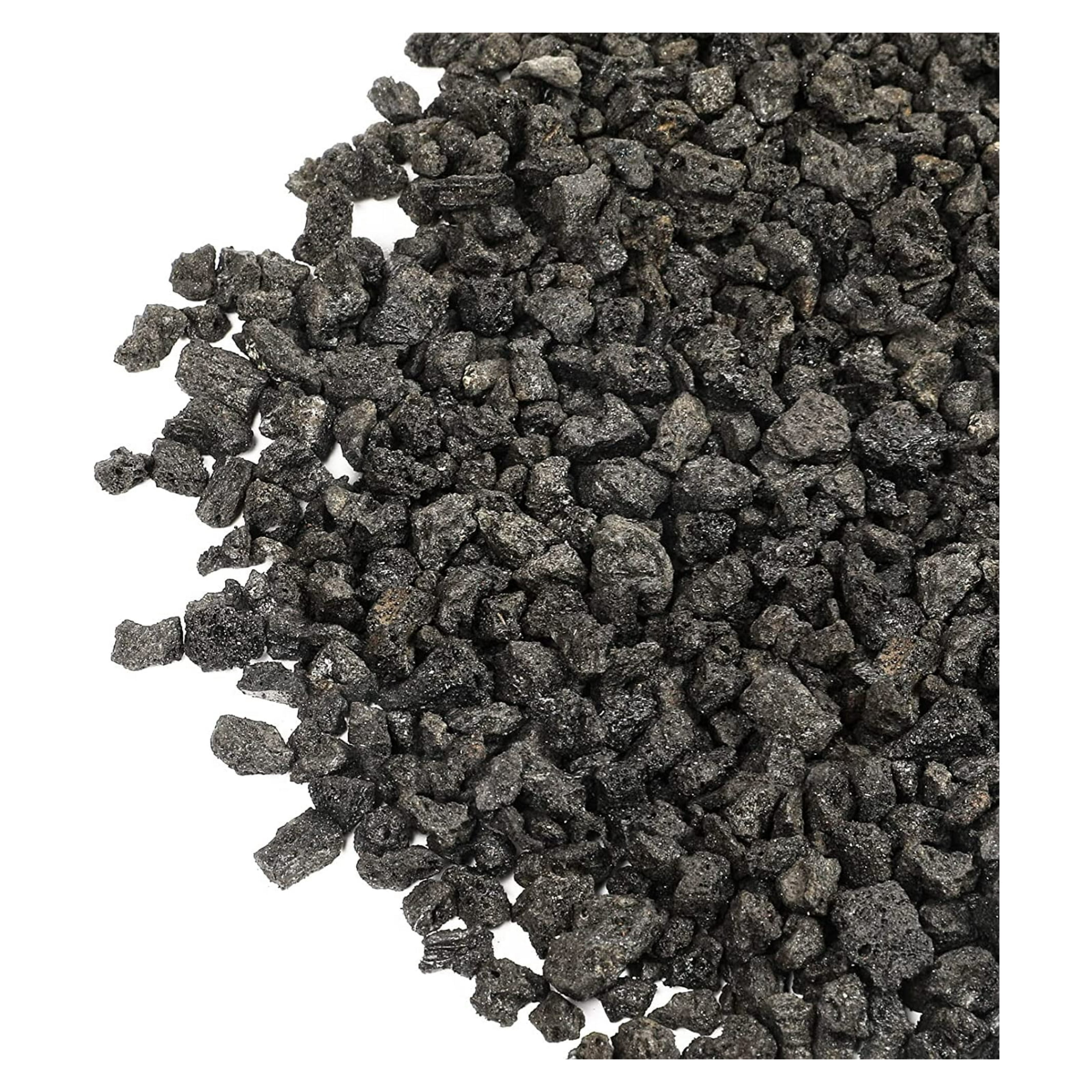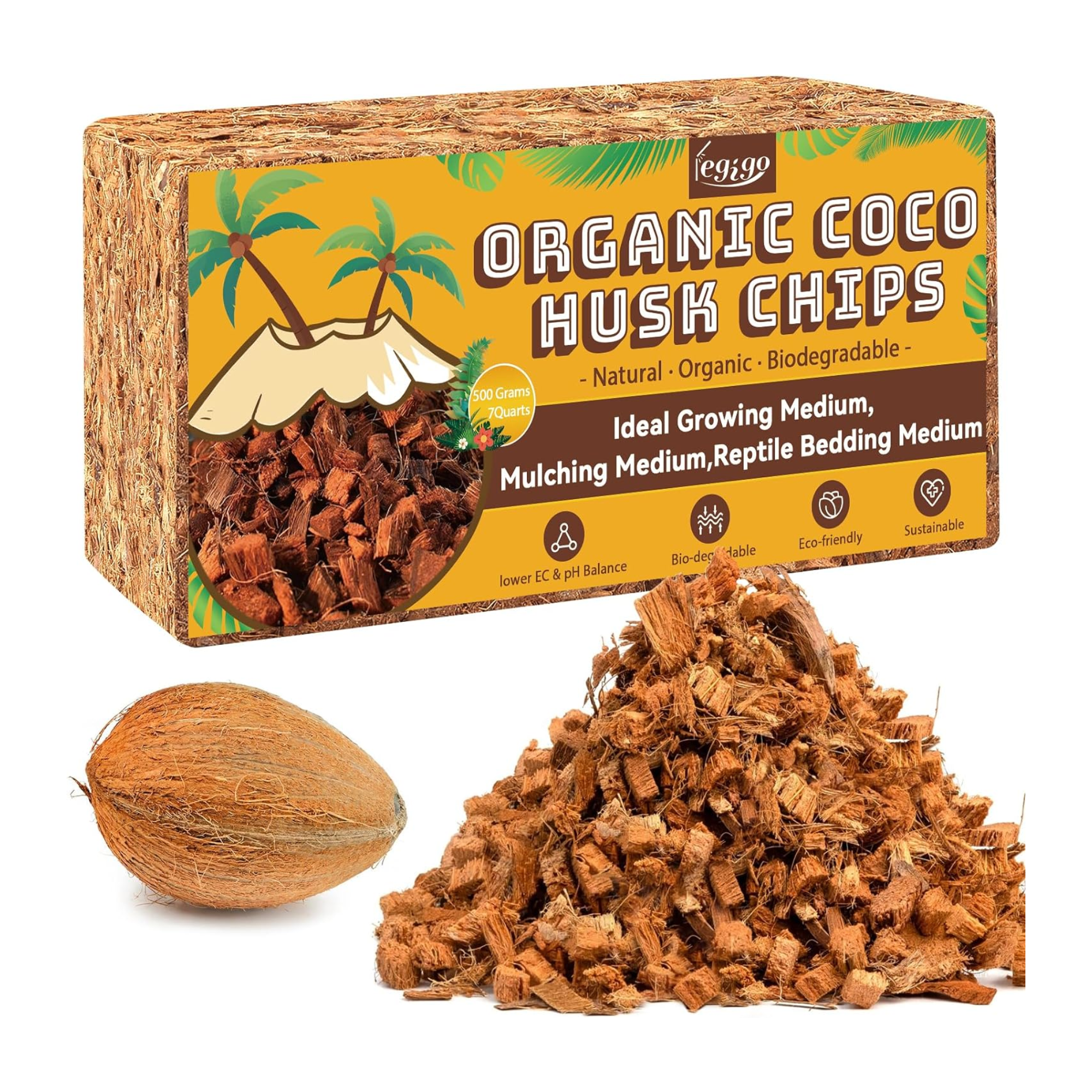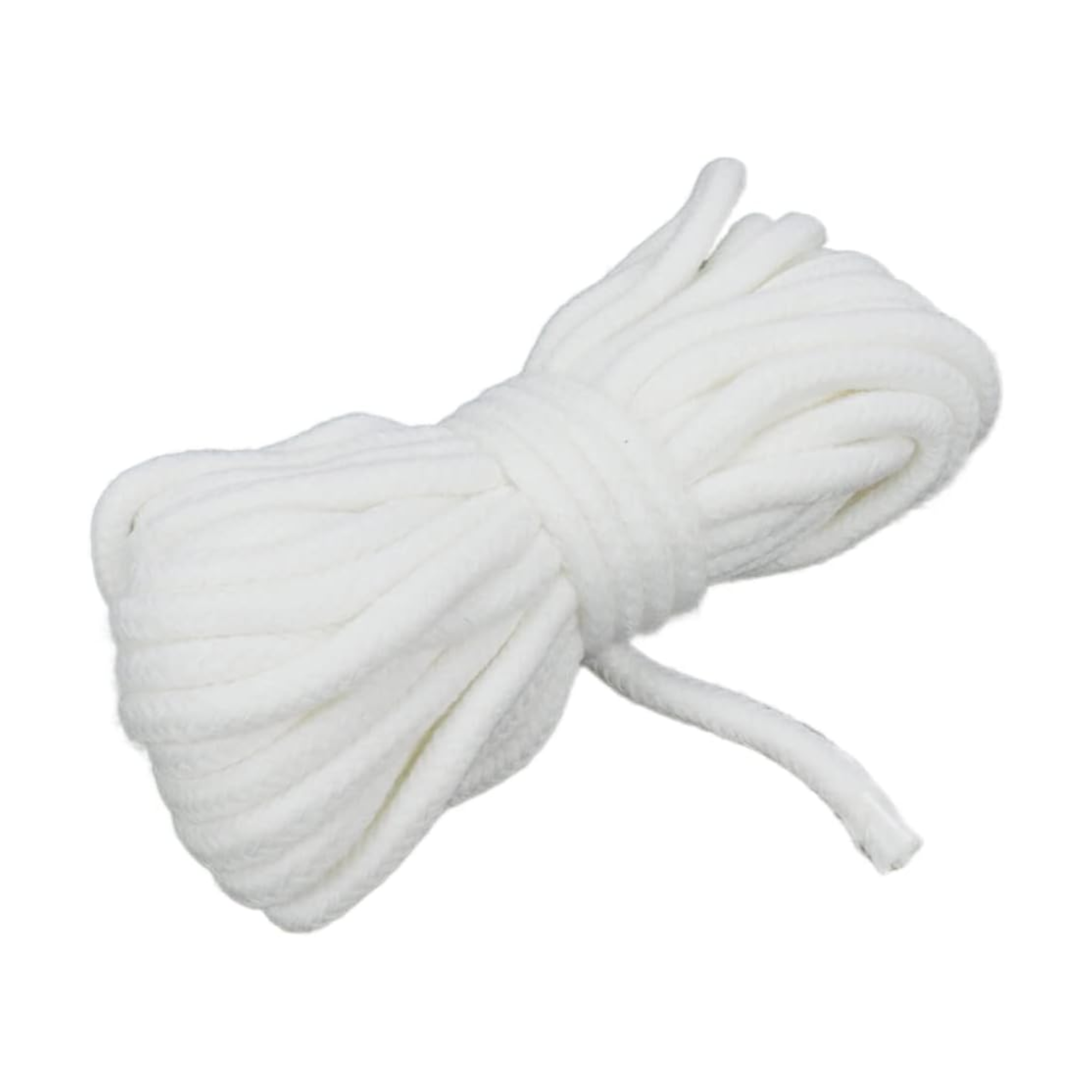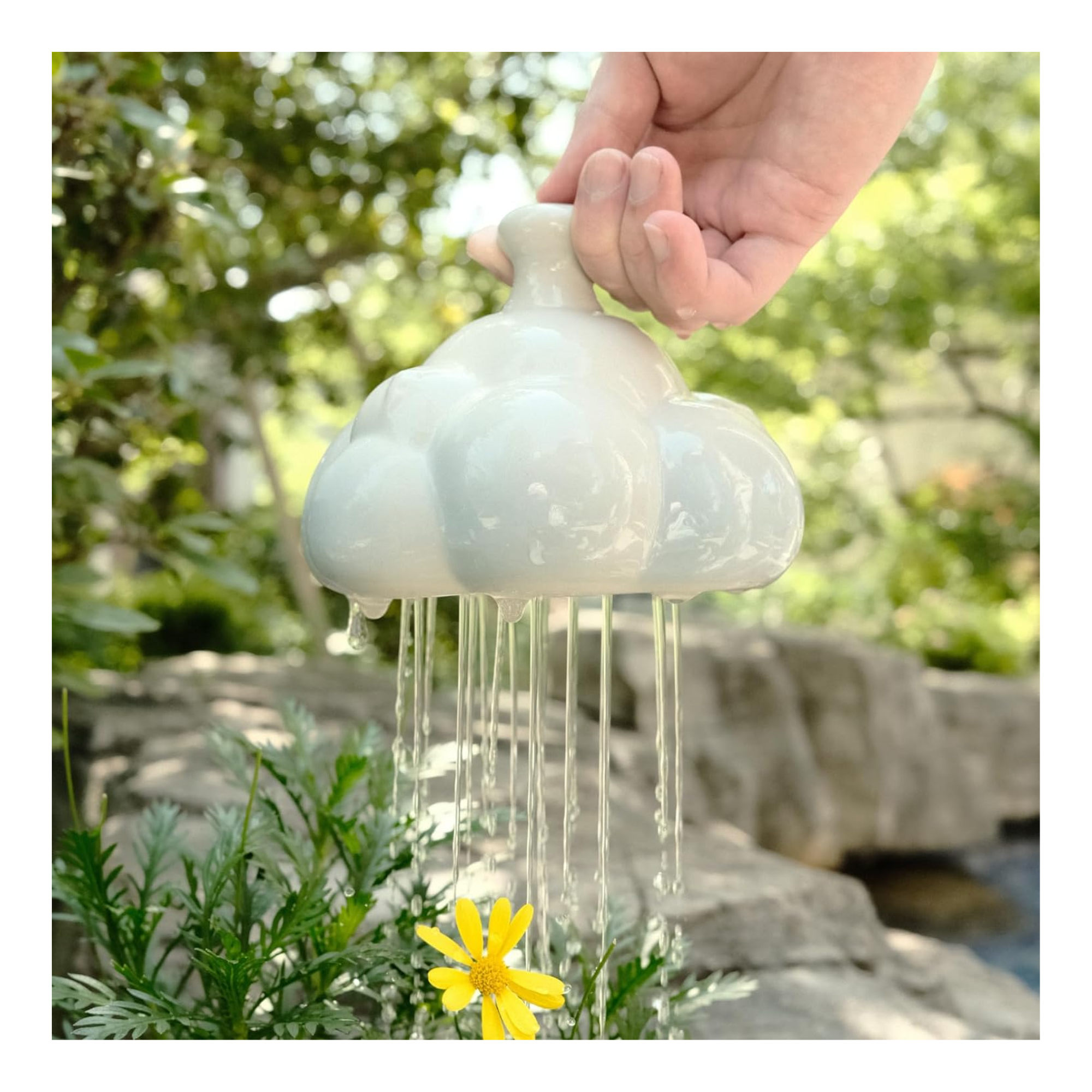How to Keep Your Houseplants Watered While You’re on Vacation — 5 Tricks to Help Them Survive Even in the Heat
Your indoor jungle can thrive in your absence, so long as you employ these simple practices


The only thing that can dampen your spirits after a fabulous summer vacation is the sight of your once-lovely indoor garden now wilting and withering away. It's that frustration of investing so much time caring for them, only to have them look lifeless after just a few weeks away.
Contrary to what you might think, there are plenty of ways to avoid these sorry circumstances and keep your indoor jungle alive and well - even when you're not around. From low-maintenance indoor plants to your needy green grows, we've got some expert tips that'll have your plants looking as refreshed as you post vacay.
5 Tips to Keep your Houseplants Thriving In your Absence
1. Treat them to deep hydration

As expected, one of the top tips to make sure your plants stay flourishing is to treat them to a deep hydration before you go away, but there are a couple of other ways to keep your plants well-watered while you're gone.
According to Vladan Nikolic, founder of Mr. Houseplant, leaving saucers full of water is an excellent idea because your plants will absorb the extra water as the soil dries out. Similar to Bobby Berk's bottom-watering trick, this method will prevent your plants from becoming parched.
If you’re propagating plants, Vladan recommends moving the cuttings from small propagation vessels or test tubes to larger dishes with more water. He explains that water evaporates faster from smaller vessels than from bigger vessels, thereby leaving your plants with plenty of water to savor.
'I also suggest repotting the plants from small pots into larger pots, as this will give them more soil to absorb water,' he says. 'And try switching from fast-drying terracotta pots to glazed ceramic or plastic pots, which hold moisture better.'

Vladan Nikolic aka Mr. Houseplant is a houseplant care expert with over 10 years of experience. He is the founder of the indoor plant care blog and a green-thumbed digital creator who helps newcomers into the houseplant world become great plant parents.
2. Retain Moisture
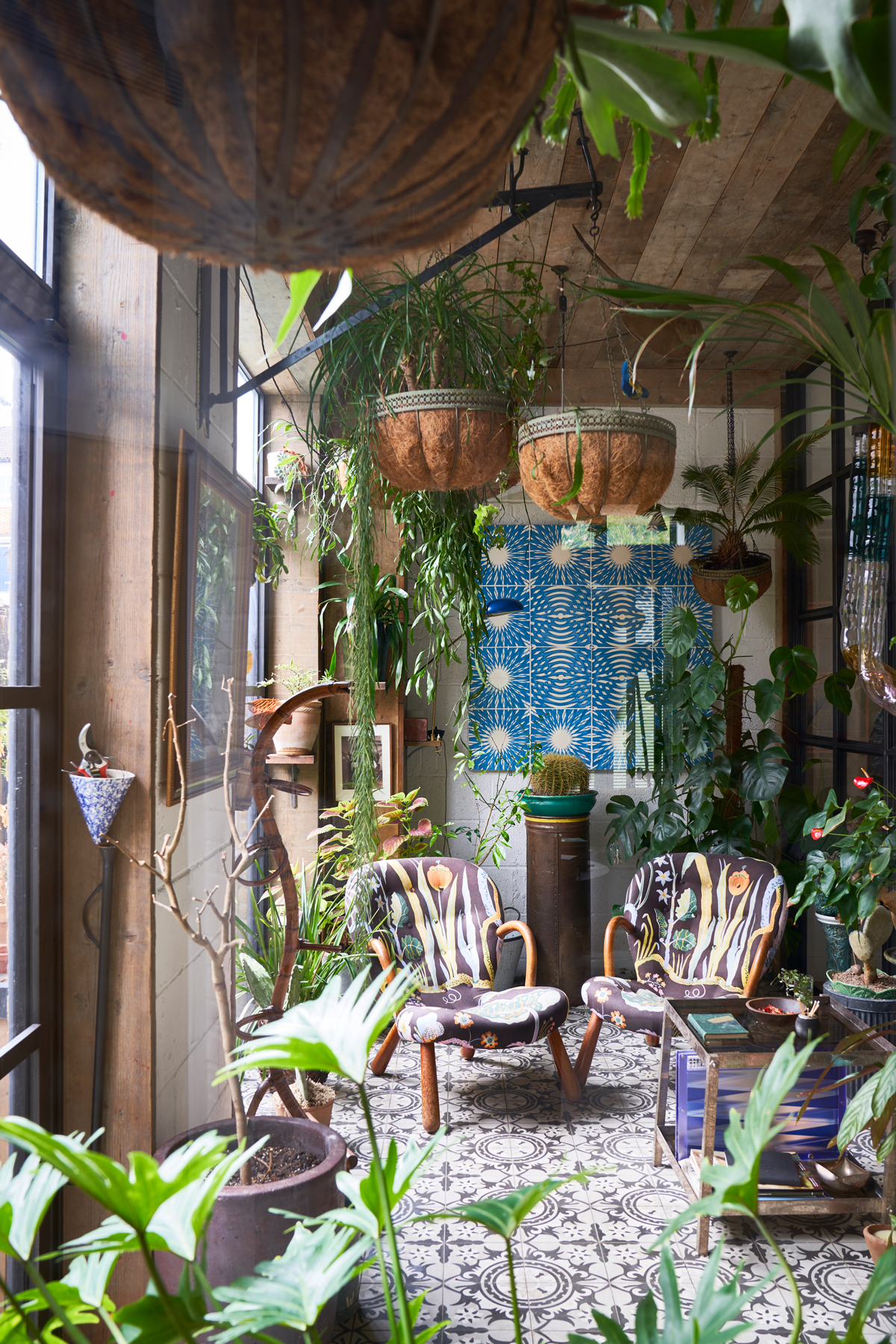
Even the most beautiful houseplants need their fair share of moisture to retain their allure. So now that you've covered hydrating your plants, it's time to keep the moisture in. Plant expert Paris Lalicata tells us that applying a one to two-inch layer of top dressing is a great way to lock in moisture for an extended period of time.
'I recommend top dressing your plants with horticultural sand, lava rocks, or even wood chips,' she says. 'This helps to prevent the natural evaporation of water from the topsoil from heat and conserves it.'
The Livingetc newsletters are your inside source for what’s shaping interiors now - and what’s next. Discover trend forecasts, smart style ideas, and curated shopping inspiration that brings design to life. Subscribe today and stay ahead of the curve.
Paris also recommends creating a planter dome for moisture-loving or humidity-sensitive plants. She suggests watering your plants thoroughly and then covering them with a clear plastic bag just below the lip of the planter, creating a makeshift greenhouse.
'Make sure to cut a couple of slits in the plastic to allow for ample air circulation,' she says. 'And use sticks (or leftover chopsticks) to hold the bag up and away from the foliage to prevent water droplets from damaging the leaves.'
3. Regulate Light and Temperature
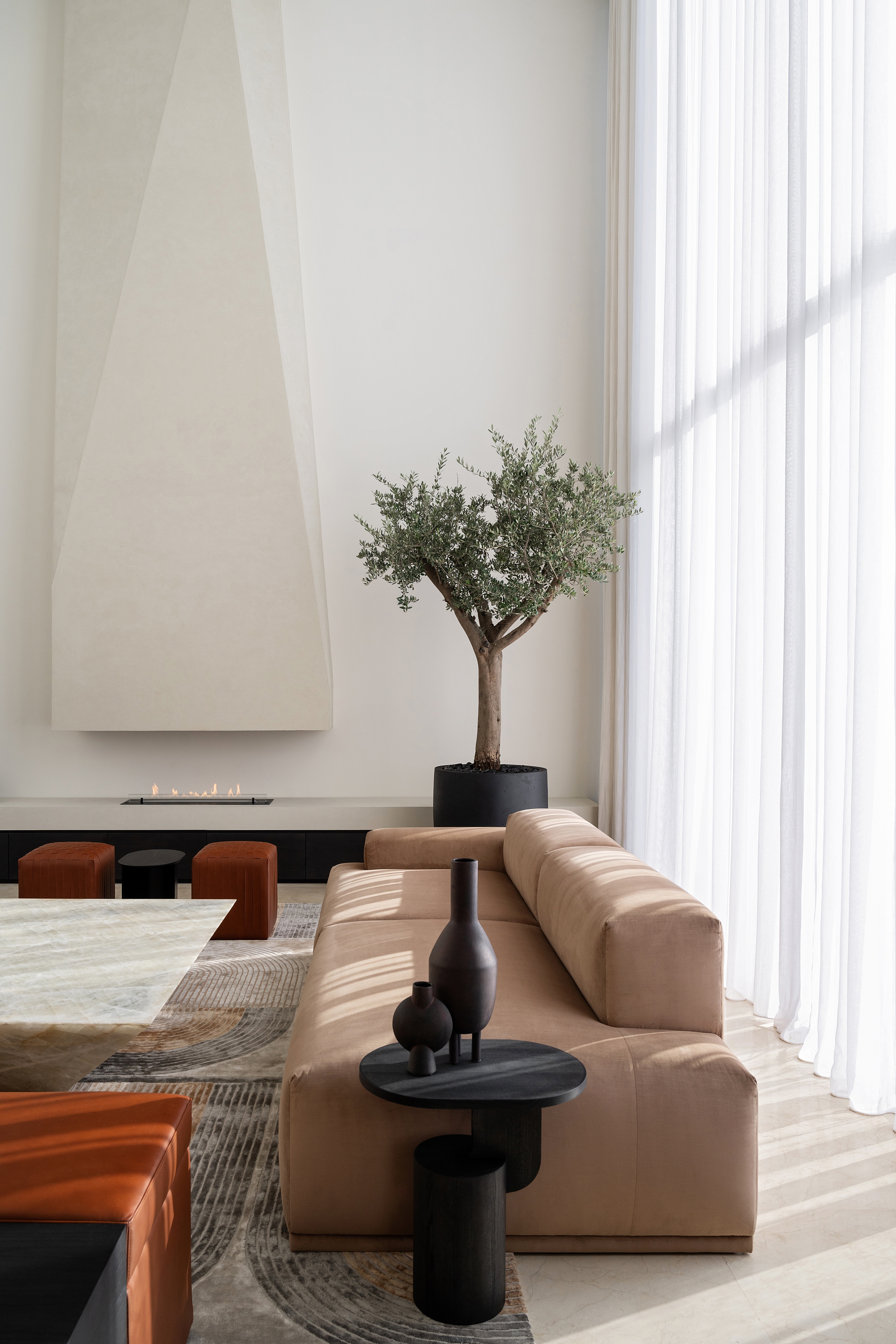
Paris tells us that while it's often overlooked, adjusting light intake and temperature levels is extremely important to keeping your houseplants healthy. 'Plants drink up water based on the amount of light and temperature they receive in the home,' explains Paris. 'Before leaving, try to place your plants in the middle of the room or anywhere away from a window so that the heat and light from the windows do not dry them out as usual.'
Vladan also finds light regulation to be an important factor and finds that reduced light helps the soil retain moisture longer. 'Lowering the amount of light reduces photosynthesis, so plants absorb less water from the soil,' he explains.
If you don’t want to relocate plants, Paris also recommends drawing a sheer curtain over the window. Additionally, she advises keeping temperatures cool in the home, preferably around 65-70 degrees F. This might not apply to hardy houseplants that are tough to kill but be sure to employ this practice with your regular indoor crops.
4. Set up DIY Watering Systems
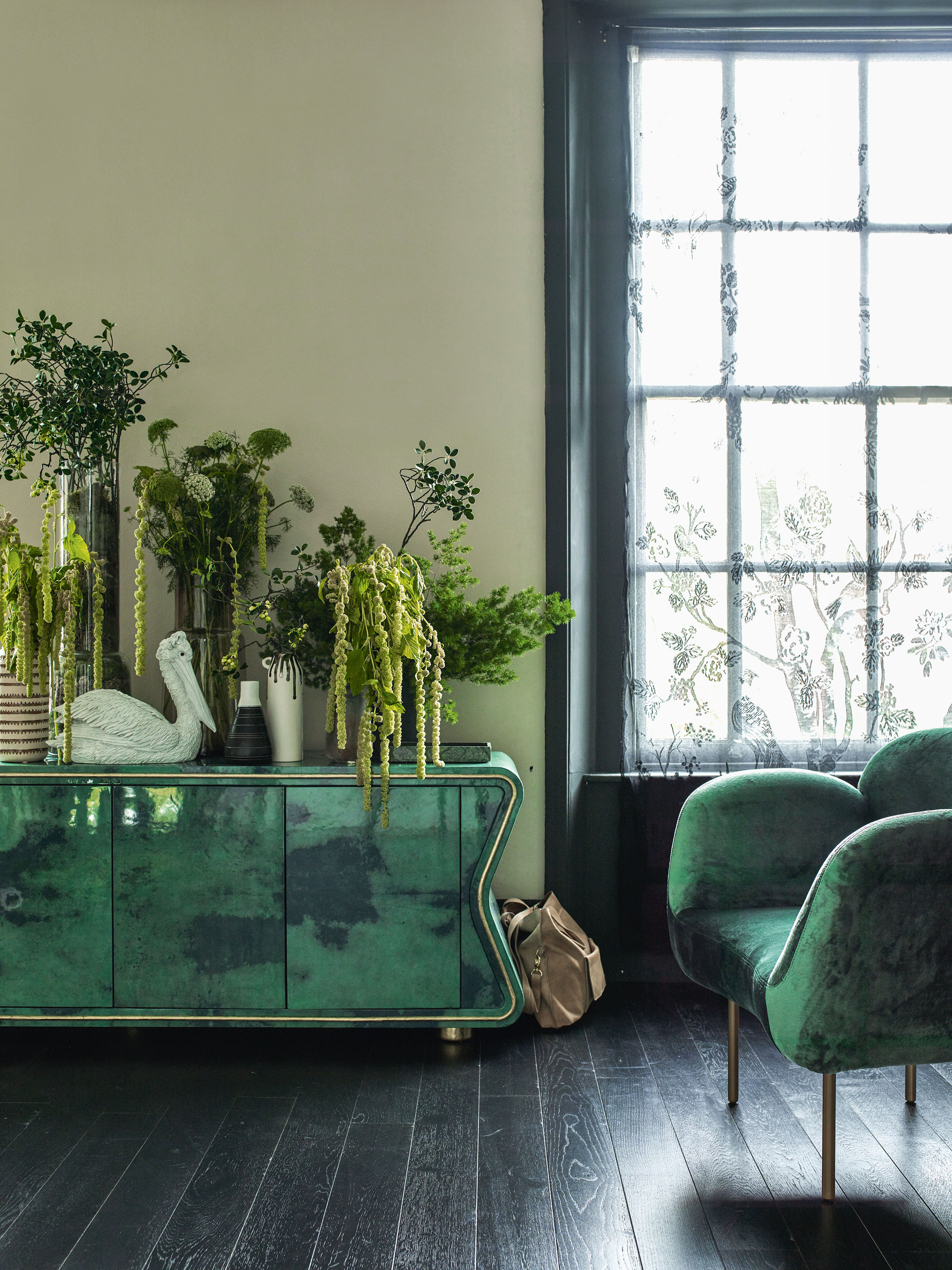
A DIY watering system might just be your houseplants' saving grace this summer, and Paris tells us that you can easily create a self-watering system by using capillary wicks. 'You can do this by submerging one end of the capillary wick in a basin of water and the other end of the wick into your plant’s potting mix,' she advises. 'Choose the size of the water container based on how long you’ll be away for, this could be a bucket, clogged sink, or even tub depending on how many plants you have.'
Paris notes that as your plant's soil dries, it will pull the water it needs through the wick. A varied rendition of the soaking houseplants hack, this particular DIY watering system will do just the trick. And of course, you can also buy self-watering planters to feed your thirsty plants while you're not around.
5. Call on a Plant Sitter
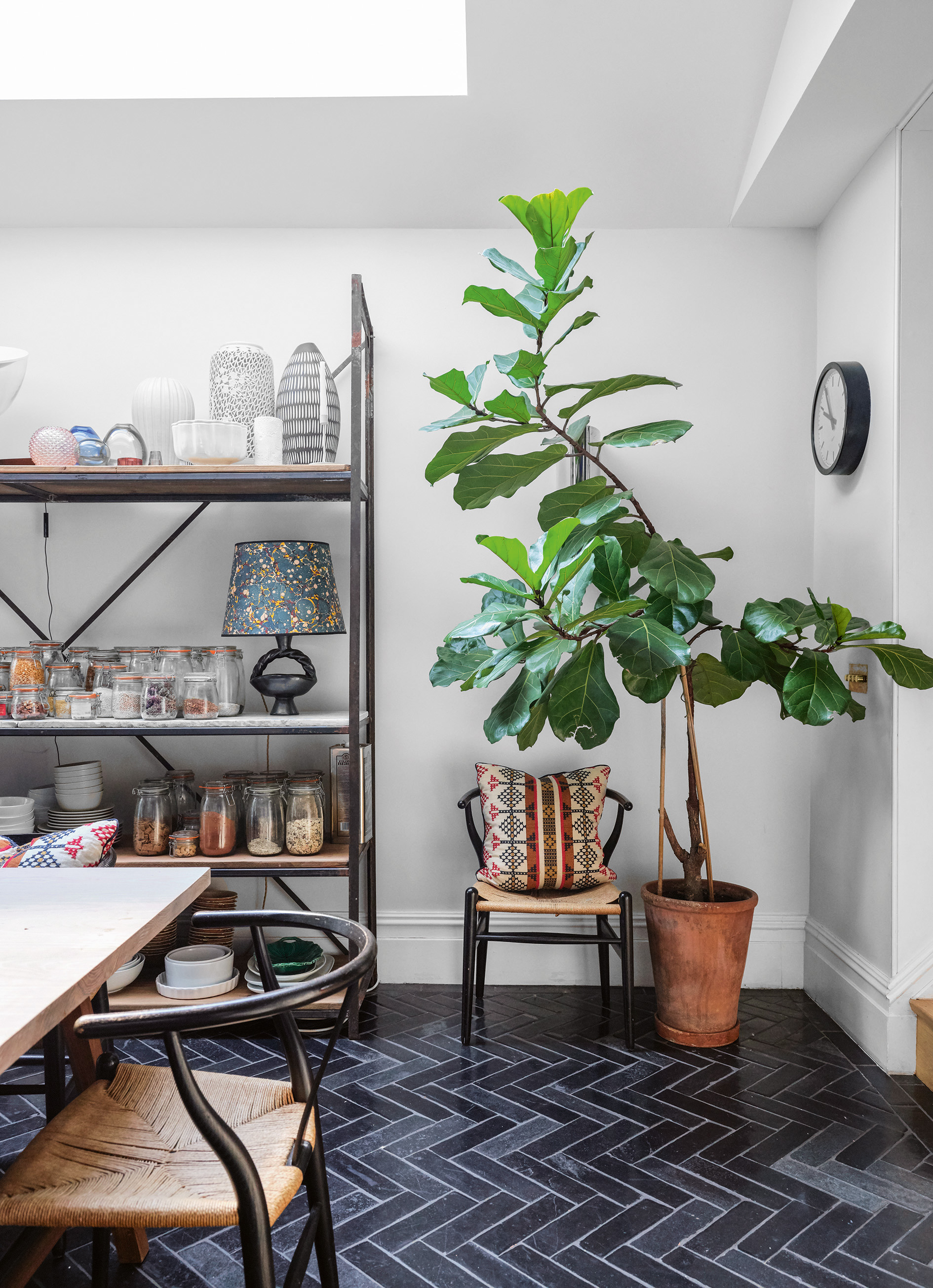
At the end of the day, a little help goes a long way, so Vladan recommends enlisting a plant sitter's help to care for your indoor jungle. 'Ask a family member, friend, neighbor, or colleague to check on your plants from time to time,' he says. 'You can use post-it notes with instructions for each plant to help the sitter.'
He explains that this way, you can be sure that the plants are in good shape and watered correctly. And if you have an outdoor garden, we recommend preparing your backyard before going on vacation as well.
So if you do choose to call on someone to help out, you can always have your trusted plant-sitter give your garden a quick check-in too. That way your outdoor flora and indoor foliage will both be at their best by the time you return.

Amiya is a Home Wellness Writer at Livingetc. She recently graduated with a Masters Degree in Magazine Journalism from City, University of London, and has lent her words to beauty, fashion, and health sections of lifestyle publications including Harper’s Bazaar and Women’s Health. Her experience as a research analyst has equipped her with an eye for emerging trends. When she’s off the clock, she can be found reading, listening to music, or overanalyzing her latest Co-Star update.
